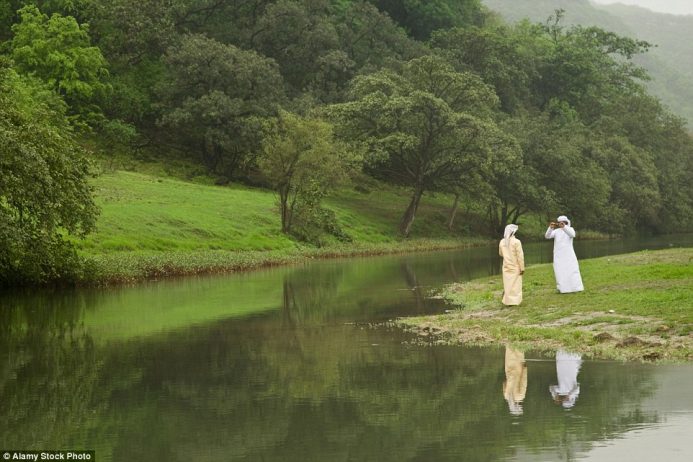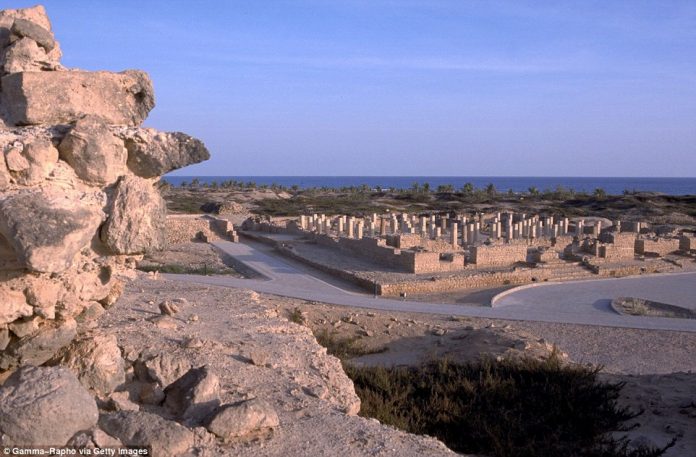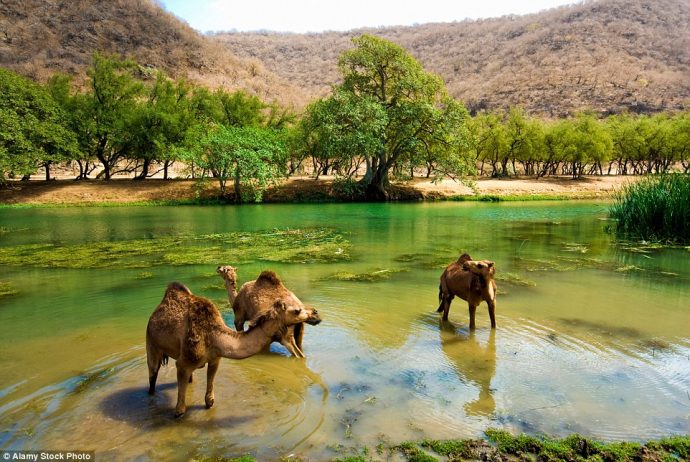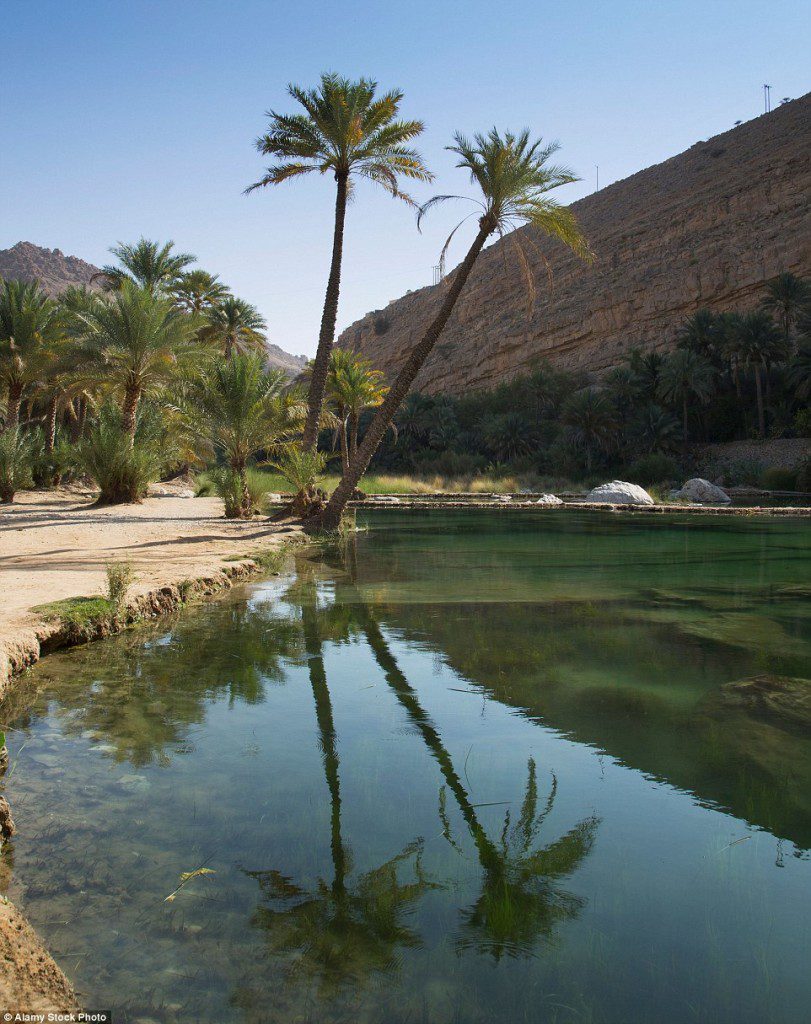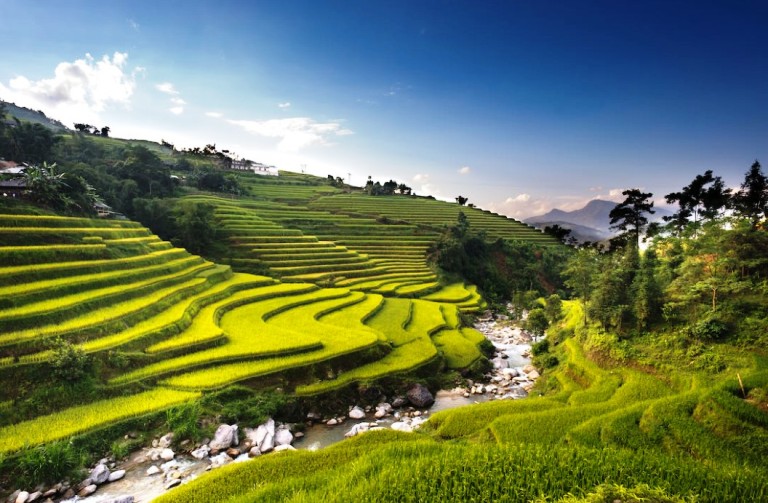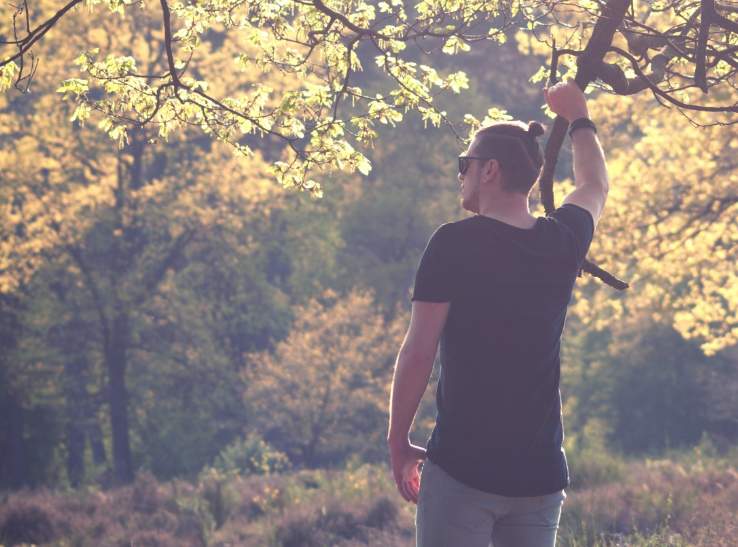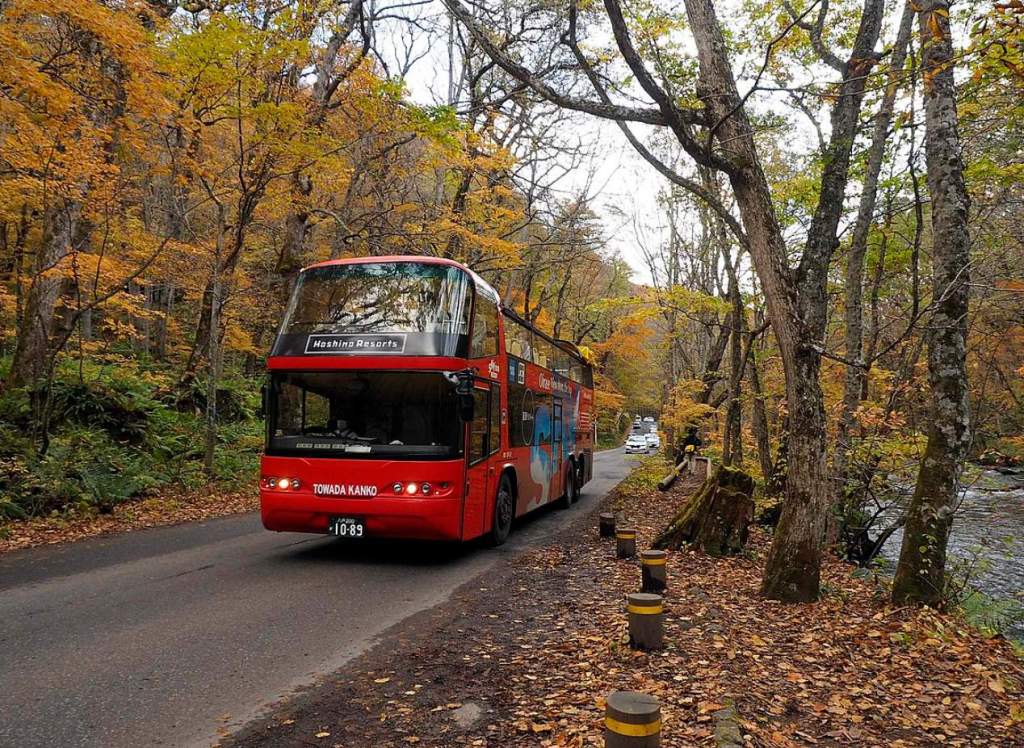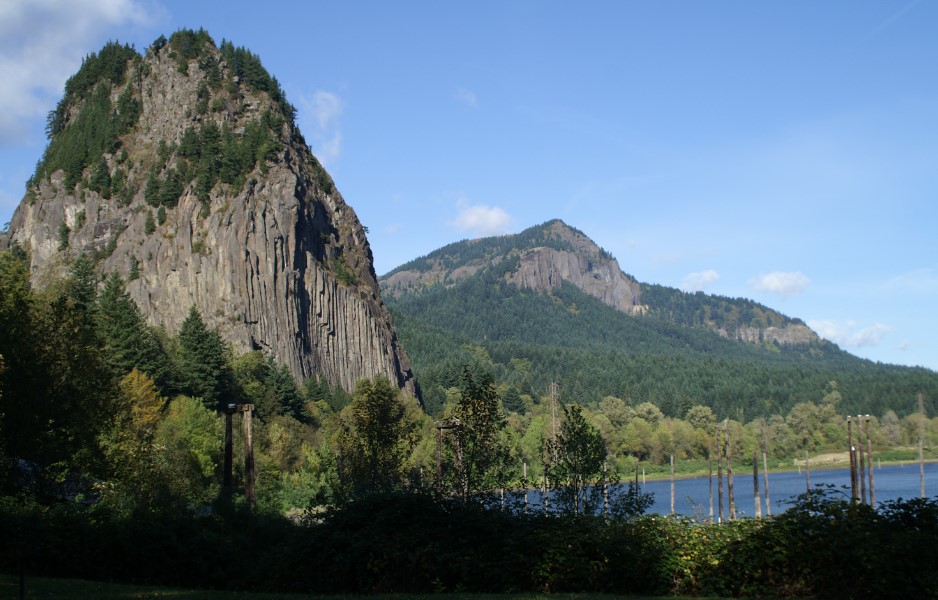Oman Forest blooms for three months in a year. The jungle of Oman, revealed in a series of photographs, is an incredibly pop-up forest in the desert that only blooms for three months a year. The oasis is located on a 155-mile stretch of land, the same as the length of Jamaica, and at its deepest, the monsoon only extends about 18 miles from the shore.
The Jungle of Arabia has undergone an amazing overnight transformation from an arid desert to a breathtaking rainforest. The sensation once a year is incredible to see. From the end of July to the beginning of September, mainly known as Salalah Khareef or the Salalah Monsoon, a massive tract of land seemingly overnight transforms into a striking emerald haven for locals and animals (including hundreds of camels).
The average temperatures drop from a burning 50 degrees to a cool 20; however, dry conditions for nine months of the year mean that Salalah does not have enduring lakes or running rivers; nonetheless, during the monsoon, waterfalls can be seen flowing over the cliffs. Therefore, on the grassy hills of Salalah live the Jibbali people, who have been inherent there for hundreds of years.
A landscape architect, Andrew Anderson, at the Oman Botanic Garden shares his experience. Even the fog sometimes becomes so thick that you cannot see your hand in front of your face. The forested slopes of the escarpment are a true global marvel for 9 months of the year, although they’re mostly barren and leafless. During the monsoon, they turn into an amusing, green, sub-tropical forest, dense with vegetation and dripping with moisture.
Indeed, this is scientifically a cloud forest, but it is the only area in the world where this rich, wet cloud forest transforms into and from a dry, arid environment. After three months, the land reheats and turns back into its dry and dusty former condition.
